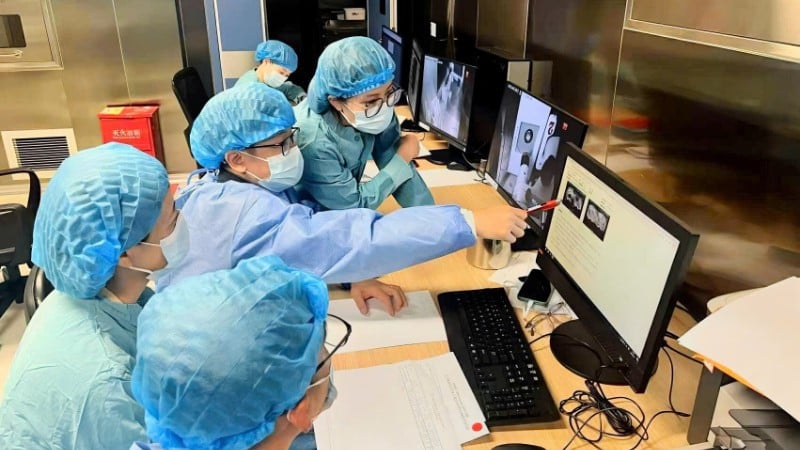
In early August, at the official invitation of Jinxin Xinan IVF Hospital - one of the largest reproductive support centers in Chengdu (Sichuan, China), Dr. Ho Ngoc Anh Vu - Head of My Duc Reproductive Support Unit (IVF My Duc) and Master Pham Hoang Huy - embryologist at My Duc Phu Nhuan Reproductive Support Unit (IVF My Duc Phu Nhuan), transferred the technology of in vitro fertilization without ovarian stimulation (IVM My Duc style).
Dr. Ho Ngoc Anh Vu is one of the experts directly involved in developing and standardizing the improved IVM protocol of My Duc Hospital. Dr. Anh Vu is also a member of the research team that published a scientific work comparing endometrial preparation protocols in the world's leading prestigious medical journal The Lancet in June 2024 - a study highly appreciated by the international professional community.
During a week of working in Chengdu, the two Vietnamese experts carried out many important transfer contents including: Theoretical and practical guidance for the team of doctors and embryologists at Jinxin Xinan IVF Hospital; directly participating in treating the first patients using the American-German IVM technique in China.

Here, experts also support the establishment of standards, basic processes and training for Chinese colleagues so that they can do it themselves later, ensuring the quality of eggs and embryos. At the same time, they guide how to build a data collection and management system to serve the work of quality management and scientific research later.
Experts expect that the first babies born in China from the German-American IVM technique will be clear evidence of the superiority, safety and humanity that this technology brings to infertile couples.
The non-ovarian stimulation in vitro fertilization technique at IVF My Duc, or My Duc style IVM for short, is considered a revolution in infertility treatment.
If in the past, the classic IVF technique required injecting many hormones to stimulate the ovaries, causing the patient's treatment process to have a high risk of complications, and the treatment cost was quite high and complicated, then with the American-German IVM technique, patients enjoy improvements such as: Absolutely no need to inject ovarian stimulating drugs; limiting complications of ovarian stimulating drugs, especially ovarian hyperstimulation complications.
This technique ensures safety, saves time and significantly reduces treatment costs by reducing medication costs, number of injections, number of ultrasound check-ups and endocrine tests.
This method is especially suitable for patients at high risk of ovarian hyperstimulation, with specific pathologies or women who want a friendly, hormone-free treatment technique.
The classical IVM technique has been performed in Vietnam since 2006 and has quickly made Vietnam one of the pioneering countries in this technique. By 2016, 610 children had been born in Vietnam thanks to the IVM method.
Also in this year, My Duc Hospital marked a turning point in the development of this technique when it successfully researched and implemented the improved My Duc-style IVM protocol with a new 2-step culture process, creating superior results compared to previous IVM protocols.
The superiority and effectiveness of the non-ovarian stimulation in vitro fertilization treatment regimen, along with the experience and expertise of My Duc Hospital's experts, are factors that help China's leading IVF Group - Jinxin Fertility confidently choose to cooperate in technology transfer from Vietnam.
At the same time, the fact that a country with the most developed and largest IVF technology in the world like China (estimated at more than 1 million IVF cases per year, equivalent to 1/3 of the world) chooses to learn technology from Vietnam is a positive signal affirming the quality and practical value of the American-German IVM technique.
This event marks a turning point, making Vietnam a leading country in an important technique in the field of assisted reproduction in the world.
Source: https://nhandan.vn/chuyen-giao-cong-nghe-thu-tinh-trong-ong-nghiem-khong-kich-khich-buong-trung-post899252.html




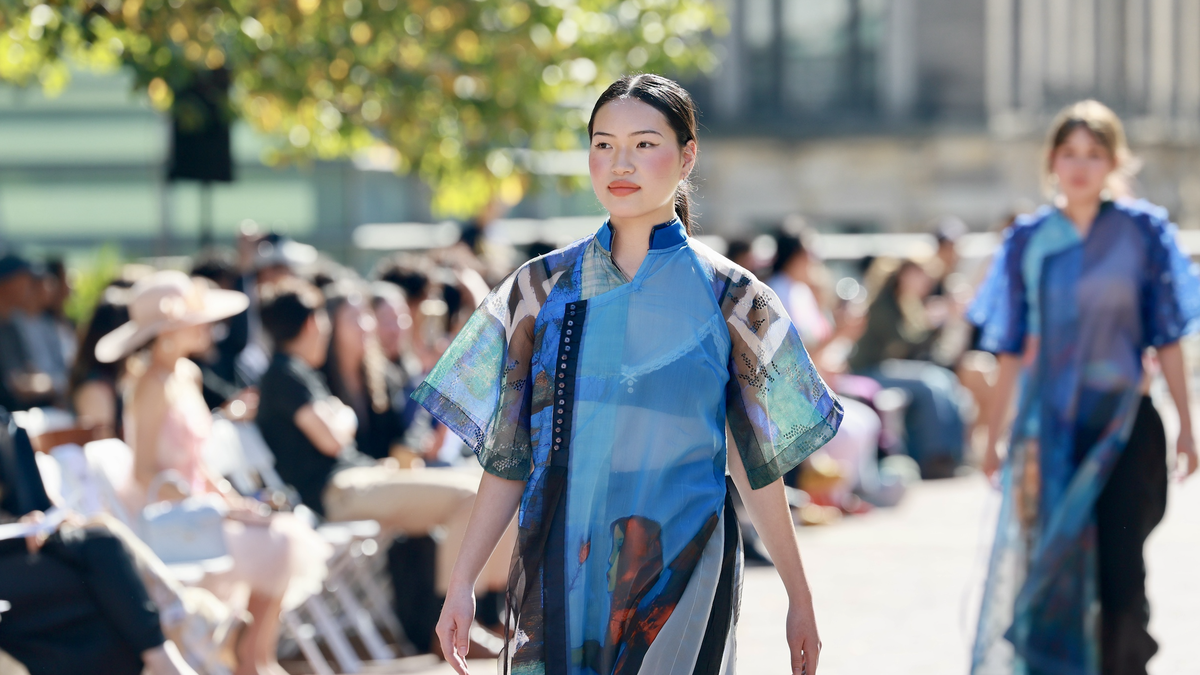


![[Photo] Opening of the 13th Conference of the 13th Party Central Committee](https://vphoto.vietnam.vn/thumb/1200x675/vietnam/resource/IMAGE/2025/10/6/d4b269e6c4b64696af775925cb608560)


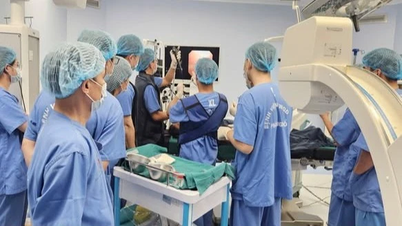
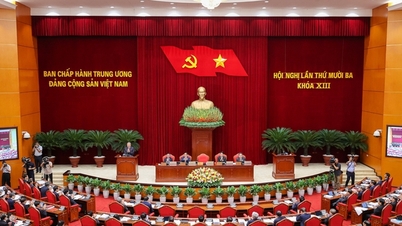

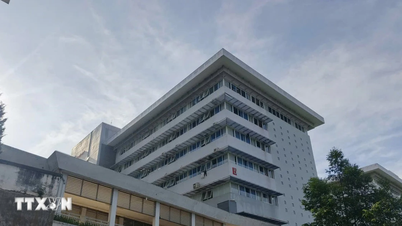








![[Video] Building a university merger project from 2026](https://vphoto.vietnam.vn/thumb/402x226/vietnam/resource/IMAGE/2025/10/6/94fc94a16bc14eaabfefcf8b58423026)


![[Video] Conclusion of the Politburo and Secretariat on implementing a number of key contents and tasks in the activities of grassroots party organizations in the coming time](https://vphoto.vietnam.vn/thumb/402x226/vietnam/resource/IMAGE/2025/10/6/eca0afeb071d48e294689e4fa39341de)
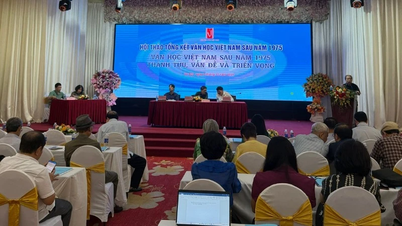
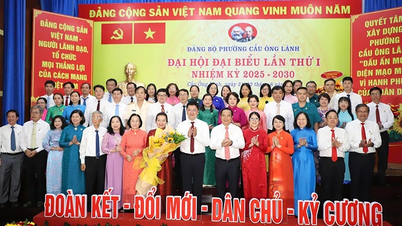

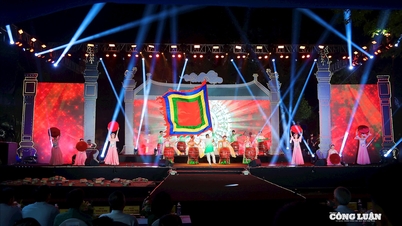



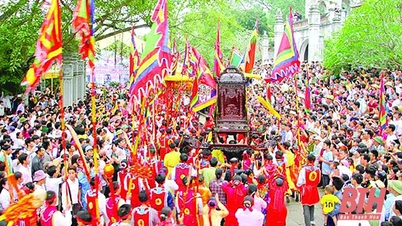

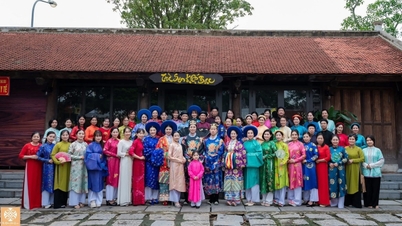


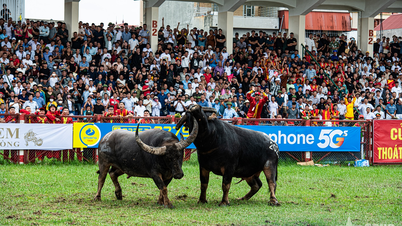

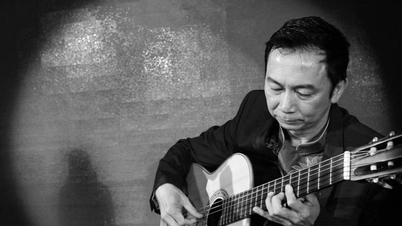



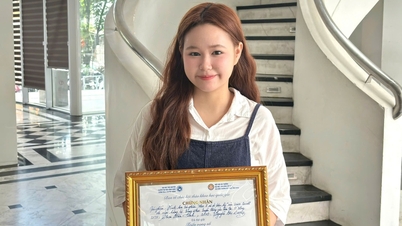
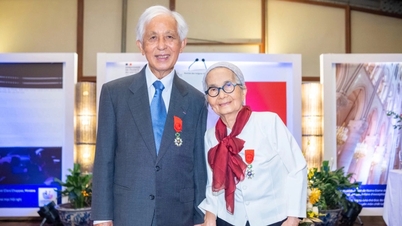
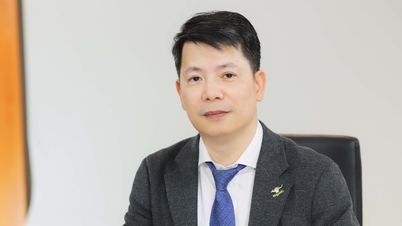

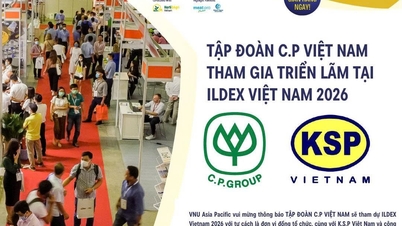



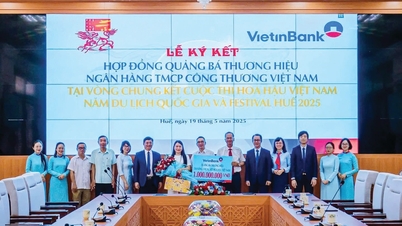
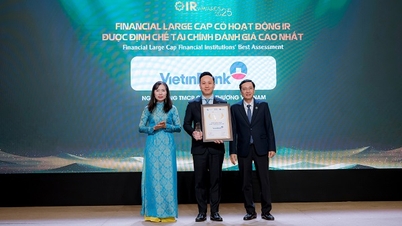

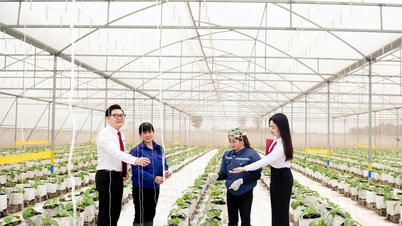


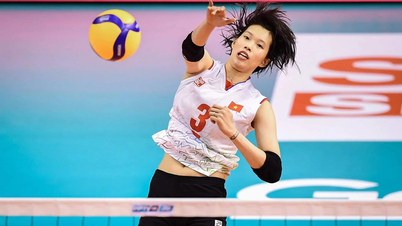
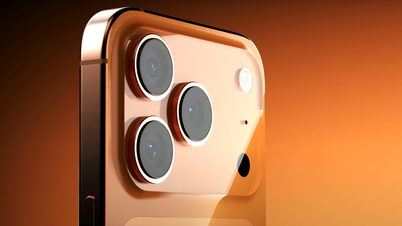



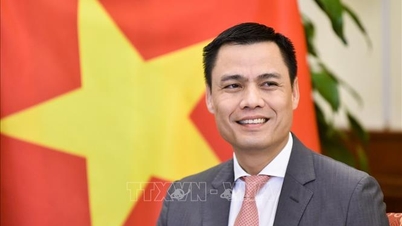


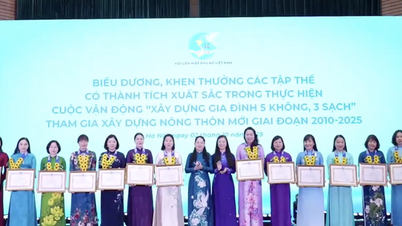

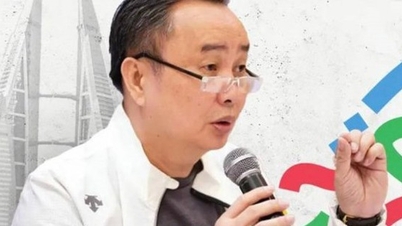

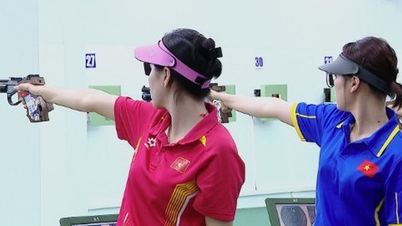

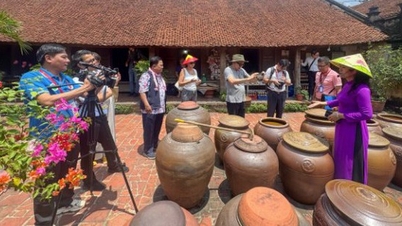

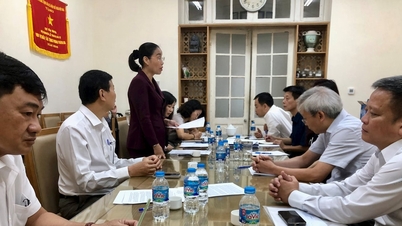

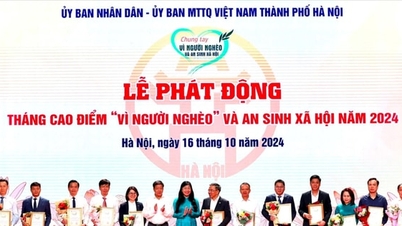

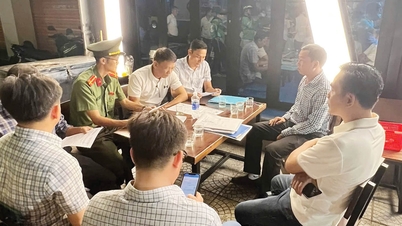





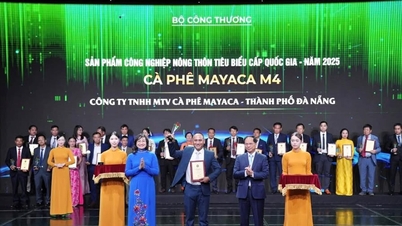
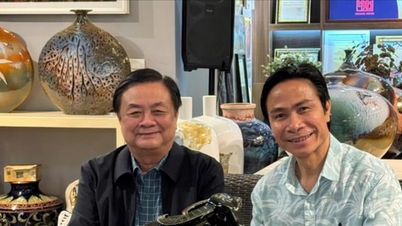
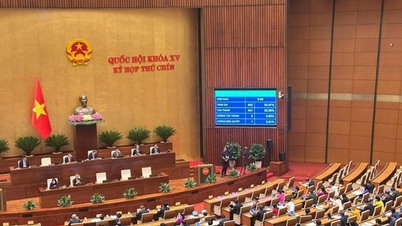







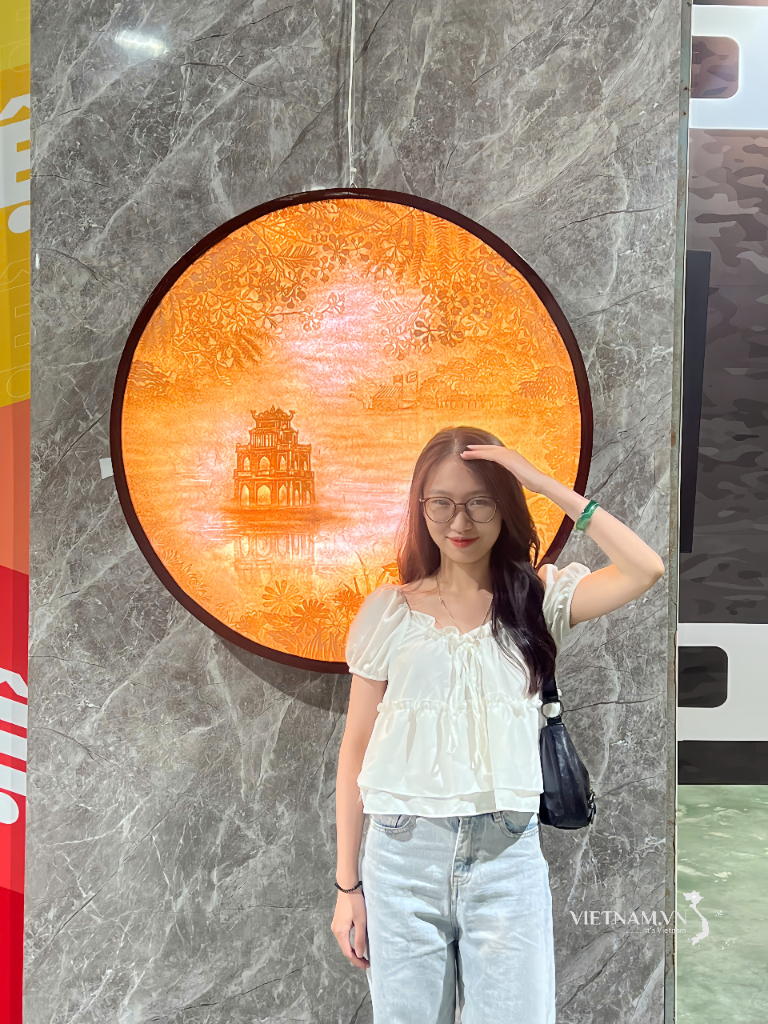

Comment (0)